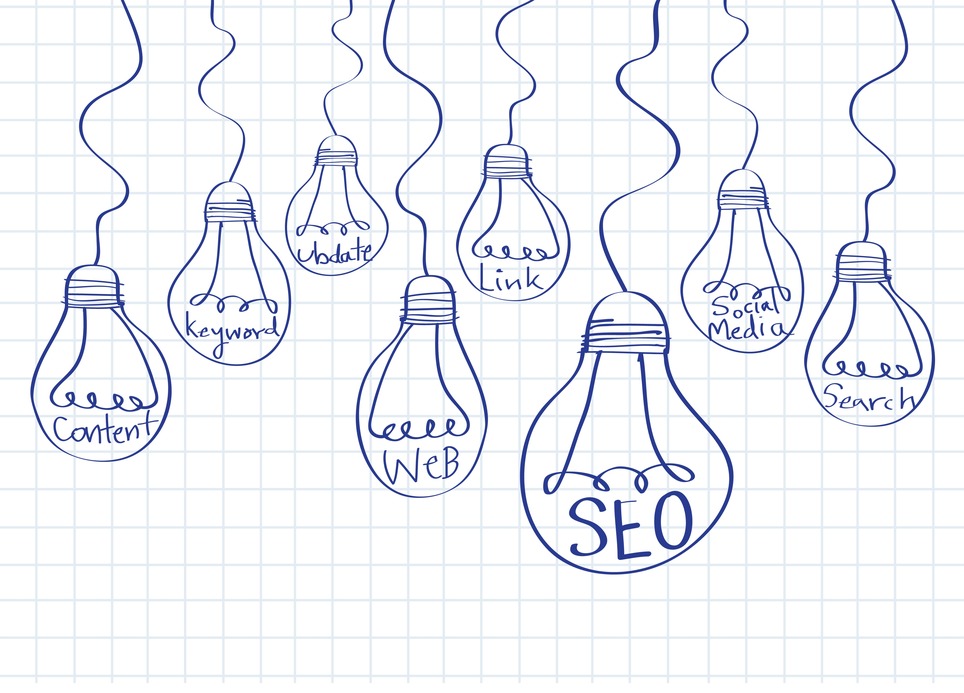The Apostrophe.
Strong. Silent. Willing to shoulder the grammatical burden of the possessives that choose him, and the heavily accented literary figure. Given responsibilities which often change dramatically and increase in number without warning.
Strives to be taken seriously. And yet, is here to help a lonely ma’am along the way.
Apostrophes do, after all, exist only to aid us in our language. Just like many forms of punctation, the apostrophe is–at times–overused and underappreciated. That’s why we’re taking a moment today to shine a little light and give some much deserved (and needed) attention to this floating friend of ours.
Here’s a quick-to-reference, handy guide for all your apostrophe needs throughout the year (and really, life).
When you do need an apostrophe:
- In a possessive singular noun: The girl’s hat.
- In possessive plural nouns that don’t end in -s: The women’s movement.
- In a possessive plural noun that does end in an -s: The boys’ game.
- In contractions which show the omission of letters: Don’t = do not
- In a plural, lowercase letter: Minding your p’s and q’s.
- In the word ‘it’s’ when it should read “it is”, not when it is the possessive ‘its’: It’s going to be a cold one today.
- To indicate non-standard, accented, English: Top ‘o the morning to yee.
When you don’t need an apostrophe:
Plural Nouns:
- Yes: Our neighbors, the Johnsons, are away for the weekend.
- No: Our neighbors, the Johnson’s, are away for the weekend.
Plural Abbreviated Years:
- Yes: The 80s
- No: The 80’s
Posessive Pronouns:
- Yes: That game is ours.
- No: That game is our’s.
These are the basics. The workload of the apostrophe, however, extends well into the late-night-frantic-google-search arena in which you feel utterly confused and reach towards the white light of your computer screen for help. The apostrophe will be there to quell your confusion. But before you type, “how do I refer to my neighbor’s multiple cats in my written request to the board of my apartment building (don’t ask),” into the Google Machine, check out these links for some help:


